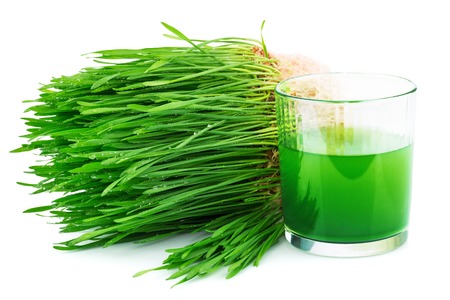
Introduction
Watch as chlorophyll transforms from an intense green to a bright red colour as UV light is
absorbed and photons are emitted from the solution.
Discussion
Chlorophyll is the green pigment essential for photosynthesis. It is found in all plants and readily absorbs light in the range of
600–700 nm. Upon excitation by light, an electron in a chlorophyll molecule is moved to a higher energy level, called an excited
state. The exciting source in this demonstration is the UV black light. In fluorescence, when a light source is shined on a material,
a photon is absorbed. From this excited electronic state, the electron naturally wants to relax back down to the ground
state. As it relaxes back down to the ground state, it emits a photon. If the emitted photon’s wavelength is in the visible portion
of the spectrum, we observe a colourful, glowing effect. Emission of this form is termed fluorescence. This process is practically
instantaneous so the fluorescence is observed as soon as the exciting source is present, and it disappears as soon as the exciting
source is removed. The fluorescent glow is brighter than the colour of the solution seen under normal visible light because
light is being emitted from the solution, not just transmitted through it. When a flashlight is shined directly into the solution,
a slight red fluorescence can be observed around the edges of the flask. This is due to a very small amount of light generated by
the flashlight in a range which will excite the chlorophyll molecules.
Click here to download the entire activity…
Website: https://www.flinnsci.ca/
Facebook: https://www.facebook.com/flinnscientificcanada

